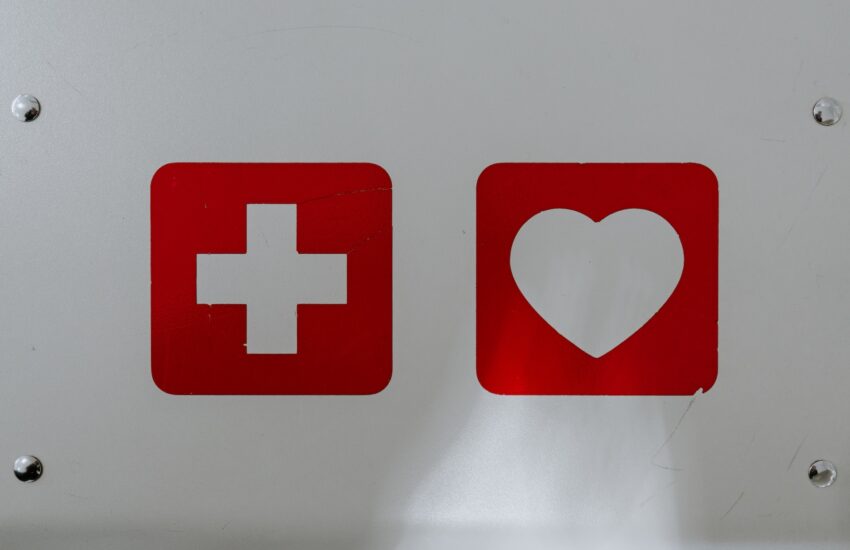What Number of College Students Are Nondrinkers? Culture & Consequence
This blog post answers the question what number of college students are nondrinkers. Some college students perceive college as a gateway to a unique drinking experience because college is all about higher learning. Even worse, some people become an ‘integral part’ of the learning, which can make the existing alcoholism problem among some college students worse than their non-drinking peers.
The Statistics
The US government’s College Drinking Prevention says that only about 40% of college students are nondrinkers. The rest, which is about 60% of the population, are drinkers and some being alcoholics.
There are approximately 18.4 million college students listed by the United States Census Bureau‘s last recording. Based on this data, it can be obtained that more than 11 million college students are drinkers, and only about 7.3 million being the number of college students that are non-drinkers.
The Important Period

College drinking can occur at any time during the enrollment period. However, the most time that is used for heavy drinking is the first six weeks of the first year. It happens because of pressure and invitation from fellow students.
Alcoholic College Students’ Health Problem: AUD
The National Institute on Alcohol Abuse and Alcoholism (NIAAA) defines Alcohol Use Disorder (AUD) as a high-risk health problem from an alcoholic. Alcohol Use Disorder can attack an alcoholic’s brain when they consume alcohol uncontrollably. So, when they can’t drink alcohol, they generate negative emotions.
The NIAAA estimates that about 15 million people in America suffer from AUD. Approximately 3.7 million are identified as college students, and The NIAAA has reported that 20% of these people suffer from AUD.
Why is Drinking Alcohol a Must in College?
Consuming alcohol is a problem in social life, although it seems to occur greatly in colleges and universities. According to the College Drinking Prevention program, the triggering factors for these problems to happen are as follows:
Easy to Reach
Alcohol products are very easily accessible anywhere, even though college students are not yet 21 years old, so alcohol is often found in dormitories and frat houses.
Weak Law Enforcement for Underage Drinkers
There are many ways for college students to obtain alcohol even though they know they shouldn’t drink it. They may ask the ‘older’ college students to buy it. They can also have access to fake IDs to enter the nearby bars.
Irregular Time
The college students may choose to attend classes at specific times. So that allows them to drink a lot because they don’t have to get up early the next day. This makes the what number of college students are nondrinkers even lower as they can shrug off responsibilities.
Interaction with Parents or Adults Will be Tenuous
College is the right time for some students to break away from parental supervision. They see this as a great opportunity to drink as much alcohol as possible without the supervision of parents or other adults.
Other Worrying Factors
The college also plays a role in the severity of student drinking. What number of college students are nondrinkers is higher in schools without a party reputation. Apart from social pressures, colleges with strong Greek influences and the best athletic programs usually have more drinkers.
The college students in fraternities and sororities have high drinking rates as well. These students’ problem is often due to the abundance of alcohol available in frat homes and the lack of adult supervision in these places.
Drinkers’ Consequences
Drinking alcohol has a very bad impact on their lives, especially for those who are still students. Not only the alcohol drinkers who feel the impact but the people around them are also affected.
The College Drinking Prevention website sums up some dire statistics, which are:
- Ninety-seven thousand students aged 18 to 24 have been victims of sexual violence by other students who are drinking alcohol.
- Around 1,825 students aged 18 to 24 died in vehicle accidents because of alcohol.
- Poor achievement in school happens to about 1 in 4 college students because of alcohol. The consequences obtained are such as not going to class or receiving low grades.
- There are about 696,000 college students aged 18 to 24 who have been assaulted by other fellow college students who are under the influence of alcohol.
The effects of consuming alcohol do not end there. Drinking alcohol uncontrollably can also trigger suicide attempts, casual sex, and other health problems. It can also expose them to various kinds of legal problems such as property damage, vandalism, etc. They also shrug off responsibilities and less likely to bother figuring out their FBISD skyward login details etc…
What Should Parents Do?
The influence of parents is a huge factor in reducing the habit of drinking. Jessica Lahey, an author of books aimed at preventing childhood addiction, said that parental bans on drinking could help prevent drinking outside the home. On the other side, students whose parents allow them to drink alcohol suffer from some of the problems mentioned above.
So, therefore here are some tips for parents who want to save their children from alcohol addiction when they are in college:
- Educate your child about the signs of addiction and alcohol poisoning and when to ask for help.
- Read the college’s policy regarding alcohol consumption with your child. This will help you learn more about college rules governing alcohol-related incidents.
- Always reassure your child that drinking alcohol has many dangerous effects and consequences (as described above).
- Increase your support and extend your supervision, especially during the first six weeks of college.
Important Things for College Administrators
The National Institute on Alcohol Abuse and Alcoholism introduce the use of College AIM (Alcohol Intervention Matrix) to help campus personnel determine the best intervention for students’ alcohol problems.
It can help college administrators to assess problems and choose the right strategy. Then, it can also assist in the planning phase and also the implementation process.
Some of the effective strategies presented by College AIM are the use of individual programs such as skills training, motivational interventions, to multi-component education-focused programs.
Other College AIM strategies relate to environmental change, including curbing the sale of alcohol, enforcing fake identity laws, and maintaining alcohol-free campuses.
The Brief Explanation
About 60% of the American student population have addicted to alcohol consumption. Usually, it starts during the first six weeks of the first year when peer pressure is very strong. However, drinking alcohol in college can lead to poor performance, accidents, assault, and even sexual assault. Meanwhile, the choice remains in the students’ hands, accompanied by parents and college administrators to help minimize the problems as well.



